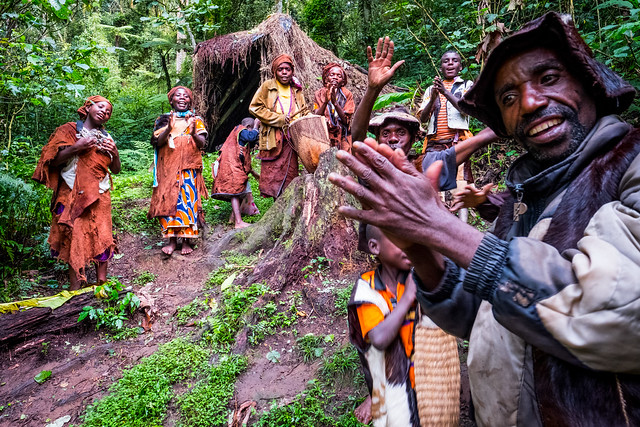Field story from the Ukrainian border
ConnectAID’s Field Reporter Ekaterina Vladimirovna Poletaeva provides news from the Ukrainian/Romanian border about the situation of refugees fleeing the war.
Romania, April 2022 – We are all shocked and speechless about the war in Ukraine. Thanks to our courageous ConnectAID colleague Ekaterina, we are informed first-hand about the Ukrainian refugees who made it to Romania. Katya has been volunteering with ConnectAID International Solidarity Network for the past year. Of Russian origin, she describes the situation as follows: “This conflict drives me crazy; when you see this all with your proper eyes, it hurts a lot and you can’t stay just watching it…” Therefore she went to the Ukrainian border, Isaccea more specifically, just to help. Here is her report.
“Like so many, I was horrified as I watched the events of the last few weeks unfold” continues our Community Advocate, “I was pleased to have had an opportunity to be deployed at the port town of Isaccea in Romania and provide humanitarian assistance in cooperation with local communities. I saw with my own eyes swift action from many individuals and organizations doing what they can to solve the humanitarian crisis. Anyone can help too.”
Facts and Figures about Ukrainian refugees
As of today, over 4.3 million Ukrainian children have been displaced by war in the country, including over 1.8 million children have gone to other countries to find safety in neighbouring countries (UNICEF). Overall, 6.5 million people have become displaced inside the country and find themselves living on the streets or in camps. Stating the numbers from UNHCR of March 17th, for those leaving the country, the distribution of refugees in the neighbouring countries is as follows: Poland (1,916,445), Slovakia (228,844), Hungary (282,611), Romania (491,409), Moldova (350,886) and Russia (168,858).
The situation at the Romanian border
In Romania, refugees can enter via four main border points: Halmeu/Dyakovo, Sighetu Marmației/Solotvino, Siret/Porubne, and Isaccea/Orlivka.
 According to the local migration services, around 800 Ukrainian refugees arrive every day by barge via the Danube river. People who made it to Romanian ground via this route are suffering greatly from hypothermia. They carry their belongings, their children are pushing trolleys, and they often have older relatives with them.
According to the local migration services, around 800 Ukrainian refugees arrive every day by barge via the Danube river. People who made it to Romanian ground via this route are suffering greatly from hypothermia. They carry their belongings, their children are pushing trolleys, and they often have older relatives with them.
One of the migration control representatives, Local Services, stated that the situation now is much more structured than it was three weeks ago. Back then, approximately 1100 migrants arrived daily, completely traumatized. “These days, the welcome and distribution of migrants is much more organized and with the established process makes everything smoother. This is also thanks to more offers of assistance from aid organizations” said one of their representatives.
After passing the Romanian border
Migrants are met by international humanitarian organizations and local social communities. They are then brought to information points, located in a warm tent. Here, people receive a broad range of information. They are supported in questions regarding asylum procedures, legal advice, psychological support, and translation services. While warming up under heaters, adults and children receive food, water, clothes, some basic sanitation items, as well as support to safely continue their journey. Once refugees are on the shuttle lists they wait for the next outbound bus. Upfront, supporters divided the people up by their desired final destination. Buses and shuttles arrive every two hours to take Ukrainians to Bucharest and Constanza (Romania), or to Varna (Bulgaria).
 Arriving at those locations, Ukrainians are free to continue their travel free of charge by trains to reach their final destination where friends and relatives welcome them. Those who do not have friends and relatives in the area can stay in shelters provided by local authorities until they find permanent accommodation.
Arriving at those locations, Ukrainians are free to continue their travel free of charge by trains to reach their final destination where friends and relatives welcome them. Those who do not have friends and relatives in the area can stay in shelters provided by local authorities until they find permanent accommodation.
“The current crisis demands immediate and coordinated action and support from international institutions and international communities. I was deeply touched to see the humanitarian mobilisation on the borders of Ukrainian neighbouring countries” said ConnectAID’s Field Reporter.
One beautiful Ukrainian couple Natalya and Dmitry and their two little children, who arrived in Romania from Mykolaiv city, shared their thoughts with our reporter: “We have no relatives in Europe, but we have to leave Ukraine because we can’t accept what is happening in our homeland, we are worried for our little ones”.After their first night in Isaccea, they decided to go to the Bulgarian sea capital Varna, where a large number of refugees keep arriving every night on the international train Bucharest-Ruse-Varna. While there are many people from across the world who have come to these border posts to provide support, many more are supporting from abroad, welcoming refugees into their communities, organizing donations of both money and materials, and engaging in online activities to support Ukraine.
One of the many ways to help is to follow this link to ConnectAID’s International Solidarity Network providing direct donations to vetted international NGOs on the ground: our Members Migration Consortium and the International Social Service (ISS) and their team in bordering countries are on the frontline to ensure that children and their families are being protected.
Ukrainian children need our support. NGOs on the front line need our support.








